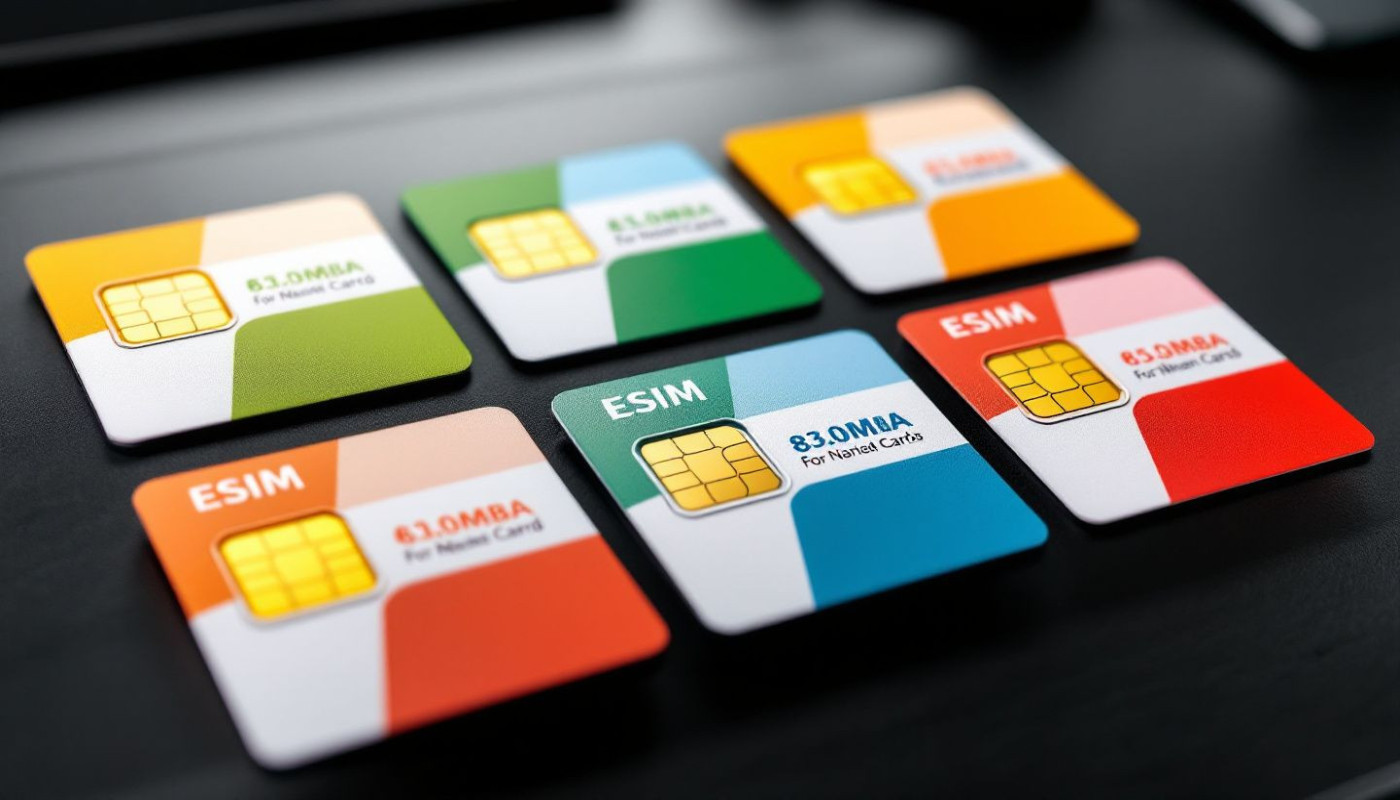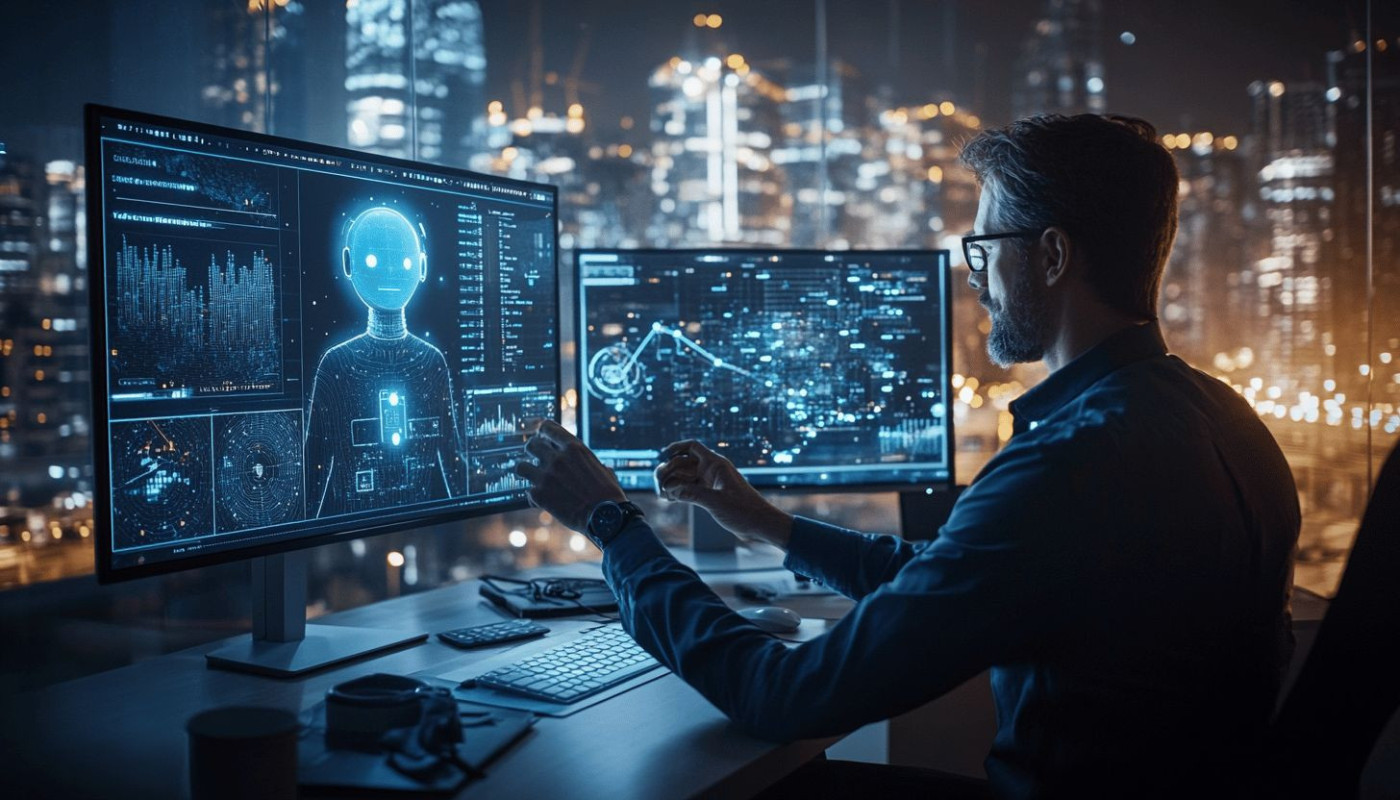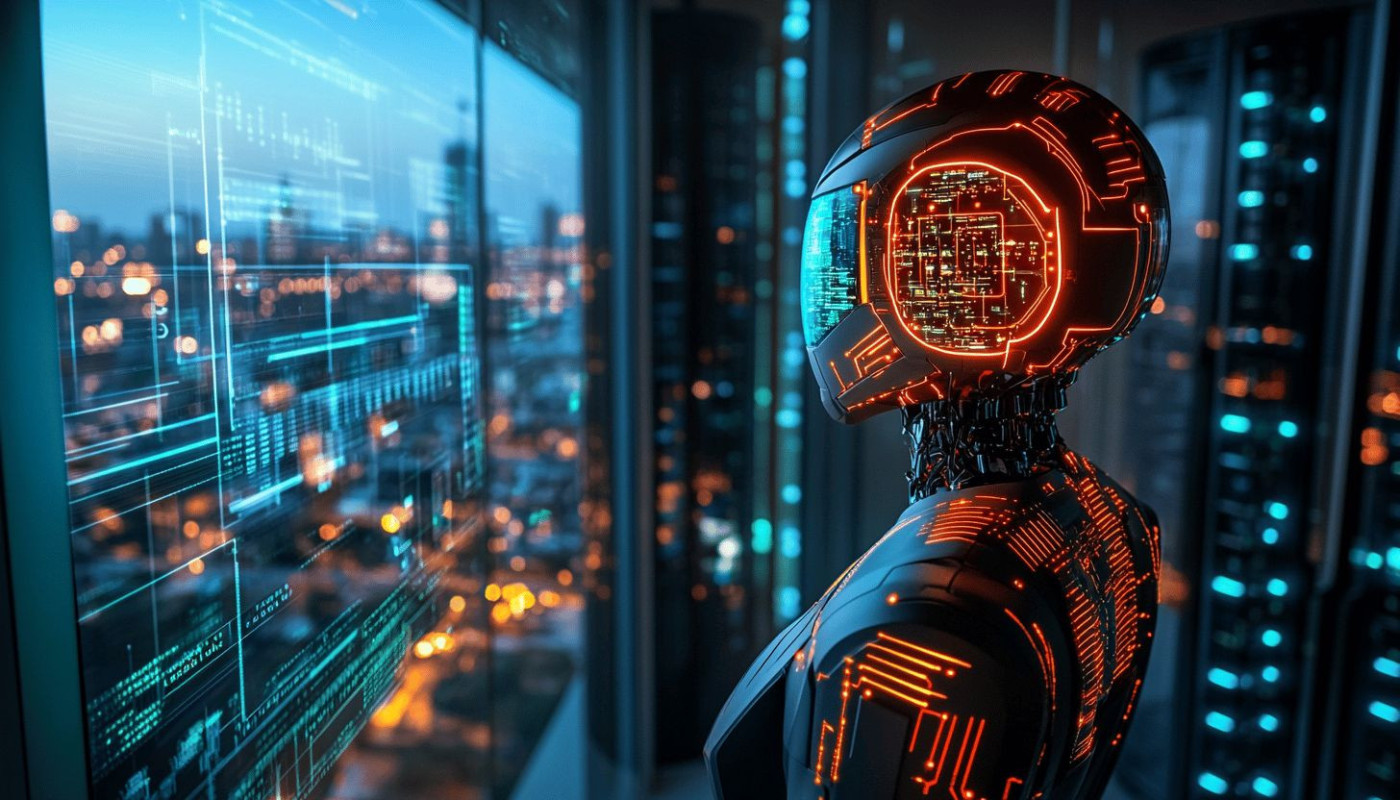Table of contents
The intersection of artificial intelligence and human creativity has always been a fascinating frontier. As we look towards the year 2025, the potential for AI to revolutionize generative tools is immense, promising to elevate how we craft prompts and unleash creativity. This exploration will delve into strategies to enhance creativity in AI prompt crafting, providing readers with valuable insights on optimizing this symbiosis of technology and imagination.
The Evolution of AI Prompt Crafting
The journey of AI prompt crafting from its early inception to the anticipated breakthroughs in 2025 is a testament to the rapid pace of AI development. Initially, natural language processing (NLP) was rudimentary at best, with prompts yielding simplistic and often irrelevant outputs. As the technology advanced, the complexity and utility of generative design experienced tremendous growth. This progress has fundamentally altered the creative processes in numerous fields, encouraging a symbiosis between human inventors and AI-enhanced creativity. By integrating innovative technology into their workflow, designers and creators have seen an expansion in their capability to generate novel concepts and solutions. The forecast for 2025 includes AI systems with even more nuanced understanding of context and emotion, elevating their role from mere tools to collaborative partners in the creative arena. These innovations not only promise to refine the art of prompt crafting but also to revolutionize how we approach and execute creative endeavors.
Understanding User Intent in Prompt Design
Interpreting user intent is paramount when aiming for effective and personalized AI-generated content. As AI interactions become more sophisticated, the alignment between what a user seeks and what the AI produces hinges on the precision of user intent capture. Customized prompts that accurately reflect the nuances of user requests lead to enhanced content personalization, ensuring that the output not only meets expectations but also resonates on a personal level. Advancements in semantic analysis—a technique that interprets the context and meaning behind words—provides a robust framework for decoding user intent. By harnessing this technology, behavioral data scientists and UX/UI designers are spearheading methods to further refine AI's understanding of nuanced human queries. This leads to a user experience that feels intuitively tailored, fostering a sense of engagement and satisfaction with the AI tool's performance.
Collaborative Human-AI Creativity
The integration of artificial intelligence in the creative process has given rise to a new paradigm known as augmented creativity, where the technological prowess of AI merges with the nuanced flair of human imagination. By 2025, the symbiosis of human-AI interaction is poised to evolve, fostering a robust collaborative ecosystem that thrives on co-creation. Within this ecosystem, collaborative workflows become the bedrock, allowing for seamless exchanges and a creative synergy that can lead to unprecedented outcomes in art, design, and other creative fields.
Experts in human-computer interaction and technology philosophers advocate for integrated platforms that champion this partnership, effectively streamlining the co-creation process. By enhancing the intuitive nature of these platforms, we can expect to see a significant uptick in productivity and innovation. This human-AI collaboration not only augments the creative capabilities of individuals but also catalyzes a collective intelligence that could redefine problem-solving and artistic expression. For those eager to find out details about how this interaction is being optimized, advances in AI prompt crafting stand out as a prime example of this progress.
The Role of Data in Shaping Creative AI
Data stands at the core of fostering creativity in artificial intelligence, particularly when crafting prompts for generative tools. The concept of data-driven creativity underscores the significance of large datasets in refining the performance and innovation of AI systems. Through meticulous AI training, machine learning algorithms digest vast amounts of information to recognize complex patterns and generate outputs that are not only relevant but also strikingly novel. The integrity and diversity of data influence how effectively AI can mimic human creativity and anticipate user intents, delivering a truly personalized experience.
Nonetheless, the amalgamation of big data and AI raises substantial privacy concerns. A data scientist specializing in AI would affirm that the more an AI system knows about an individual, the more creative and tailored its responses can be. This precision, however, must be balanced with the users' right to privacy. Ranging from anonymization techniques to clear consent protocols, strategies must be employed to maintain this equilibrium. A privacy law expert could further illuminate on the legal frameworks that ensure user data is handled responsibly, ensuring that AI's creative prowess is not achieved at the expense of individual privacy rights.
Future Trends in AI Prompt Crafting
The realm of AI prompt crafting is poised for significant evolution as generative tools become increasingly sophisticated. Among the anticipated future trends is the seamless integration of predictive analytics, enhancing the capability of next-gen AI systems to generate content with unprecedented relevance and creativity. This incorporation is expected to lead to a wave of creative industry innovation, where AI can anticipate artistic needs and offer novel solutions. As AI predictions become more accurate, these tools could potentially reshape design, writing, and multimedia production processes. Furthermore, the development of generative tool advancements promises to offer creators intuitive interfaces that adapt to individual styles and preferences, marking a new epoch in the collaboration between humans and machines. As we look toward the horizon, it is evident that the convergence of these trends will forge new paths for expression and ingenuity in the creative sector.
Similar articles












